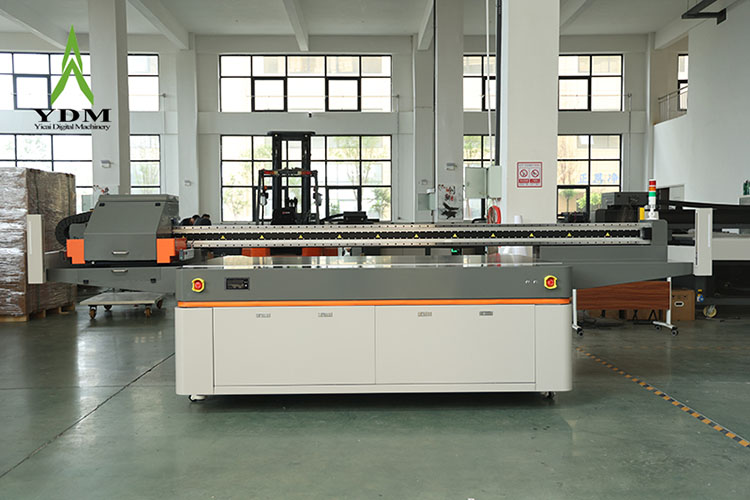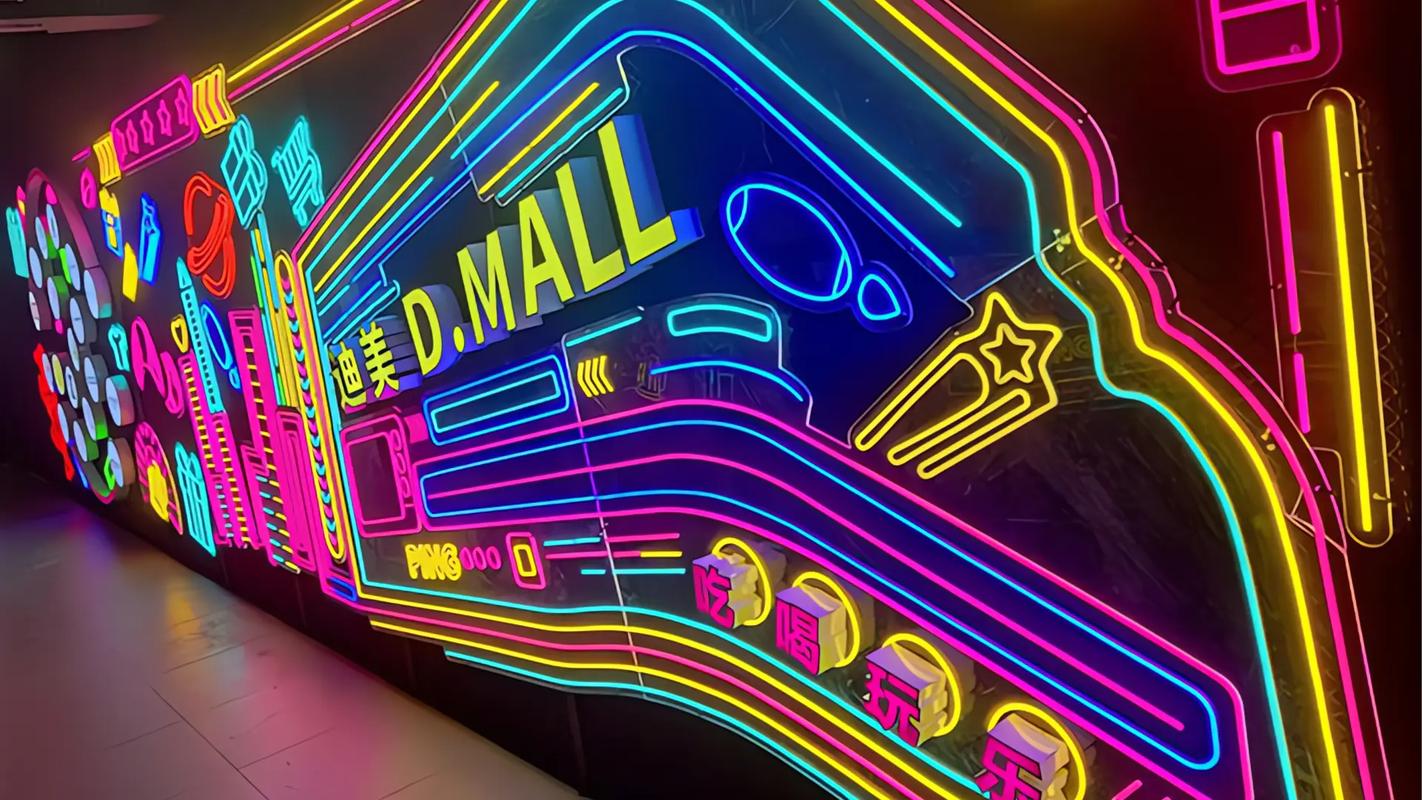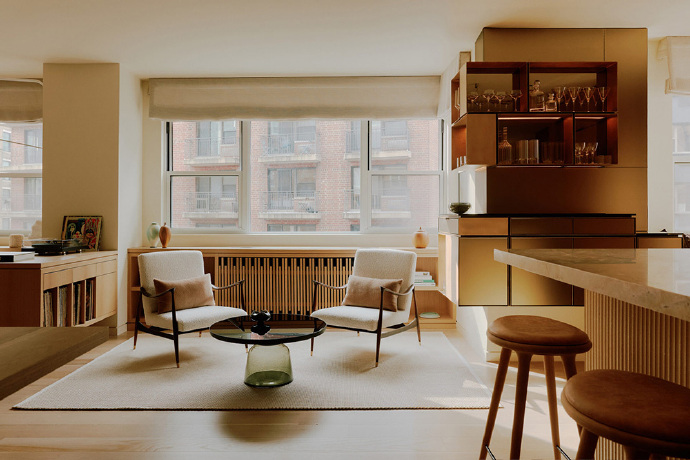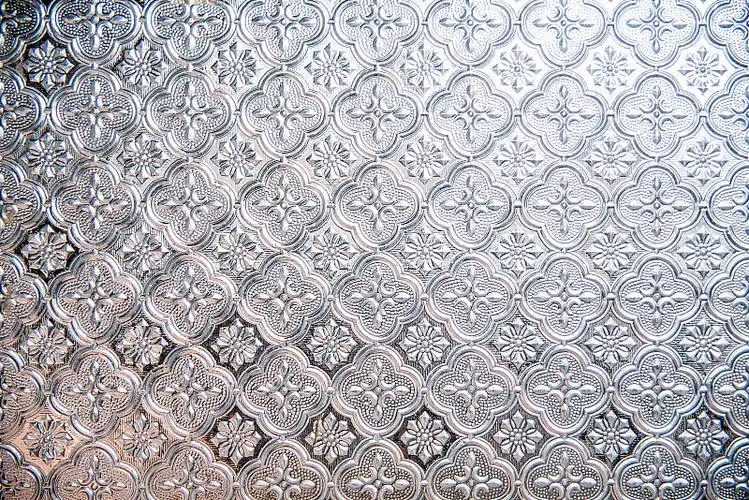UV printers are high-tech, plate-free, full-color digital printers that are unrestricted by material. They can print color on glass, plates, various signs, PVC, acrylic, metal, plastic, stone, leather, and other surfaces. Printing is completed in one go without plate-making, resulting in vibrant, rich colors, wear resistance, UV protection, simple operation, and fast image printing, fully meeting industrial printing standards.Due to the convenience and efficiency of UV printers, UV printers have been favored by more and more design industries.
UV printer advantages
1.Flexible Production
No Platemaking Required: UV printers are driven directly by digital files, supporting small-batch customization and rapid proofing, shortening delivery cycles.
Stop-and-Replace: Traditional printing requires mold adjustments, while UV technology allows for real-time design changes on a computer, reducing trial and error costs.
2. Efficiency and Environmental Protection
Fast Curing: While traditional printing requires several hours to dry, UV printers cure in seconds using LED light, significantly improving production efficiency. Traditional printing relies on solvent evaporation or heat drying, while UV printers achieve “zero volatility” through light curing, eliminating VOC emissions and improving the working environment.
3 kinds of UV printer Applications
1.Applications in Advertising Signs and Displays
In outdoor advertising, UV printing technology demonstrates exceptional weather resistance, enabling long-term use of advertising media such as light boxes, neon lights,billboards, bus stops, and subway light boxes without fading. It maintains its vibrant colors despite both sunlight and rain. Its excellent color reproduction and environmental friendliness also make this technology a shining example for indoor displays, enabling vibrant colors and easy installation on everything from display panels and posters to acrylic signage and KT board decorations. Furthermore, UV printing technology can also print logos or text on materials such as metal, wood, and PVC, replacing traditional engraving and painting processes. This makes the production of three-dimensional lettering and signs more efficient and environmentally friendly.
2.Applications in the Decoration and Building Materials Industry
In the decoration and building materials industry, UV printing technology also demonstrates broad application prospects. For example, it can be used to print patterns on wooden furniture panels, cabinet doors, and wardrobe doors, creating unique decorative effects such as simulated wood grain and marble textures. Furthermore, wall and floor decorative materials such as glass partitions, tiles, and flooring can also be customized with personalized patterns using UV printing technology, creating a wall decoration effect reminiscent of an artistic mural.
3.Specialty Material Processing
UV printing technology also excels in processing specialty materials. It can be applied to glass products such as glass cups, glass vases, and bathroom mirrors, creating diverse effects such as gradient colors. Furthermore, UV printing can precisely create scratch-resistant and wear-resistant patterns on metal products such as stainless steel and aluminum plates and metal signs.
Post time: Aug-22-2025








